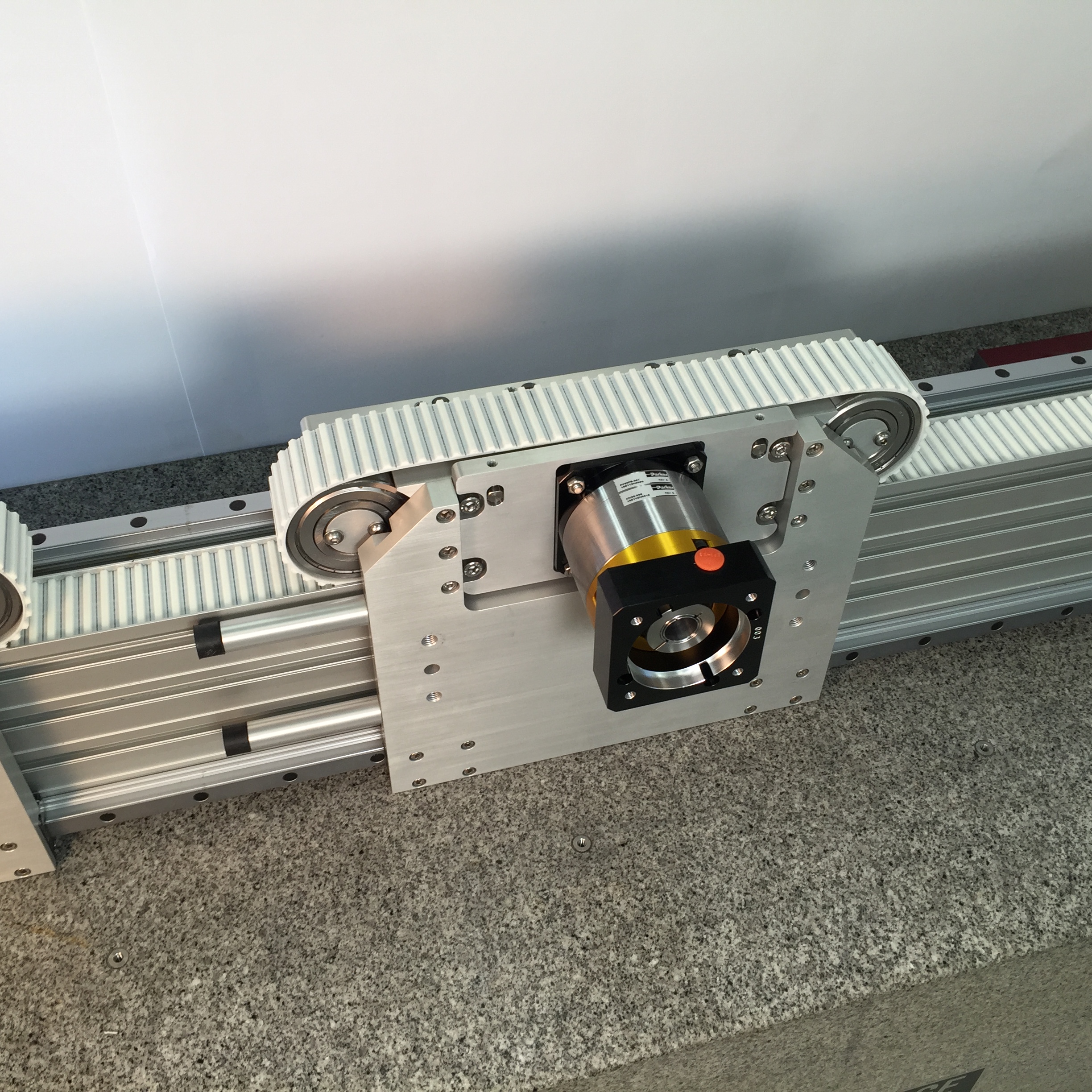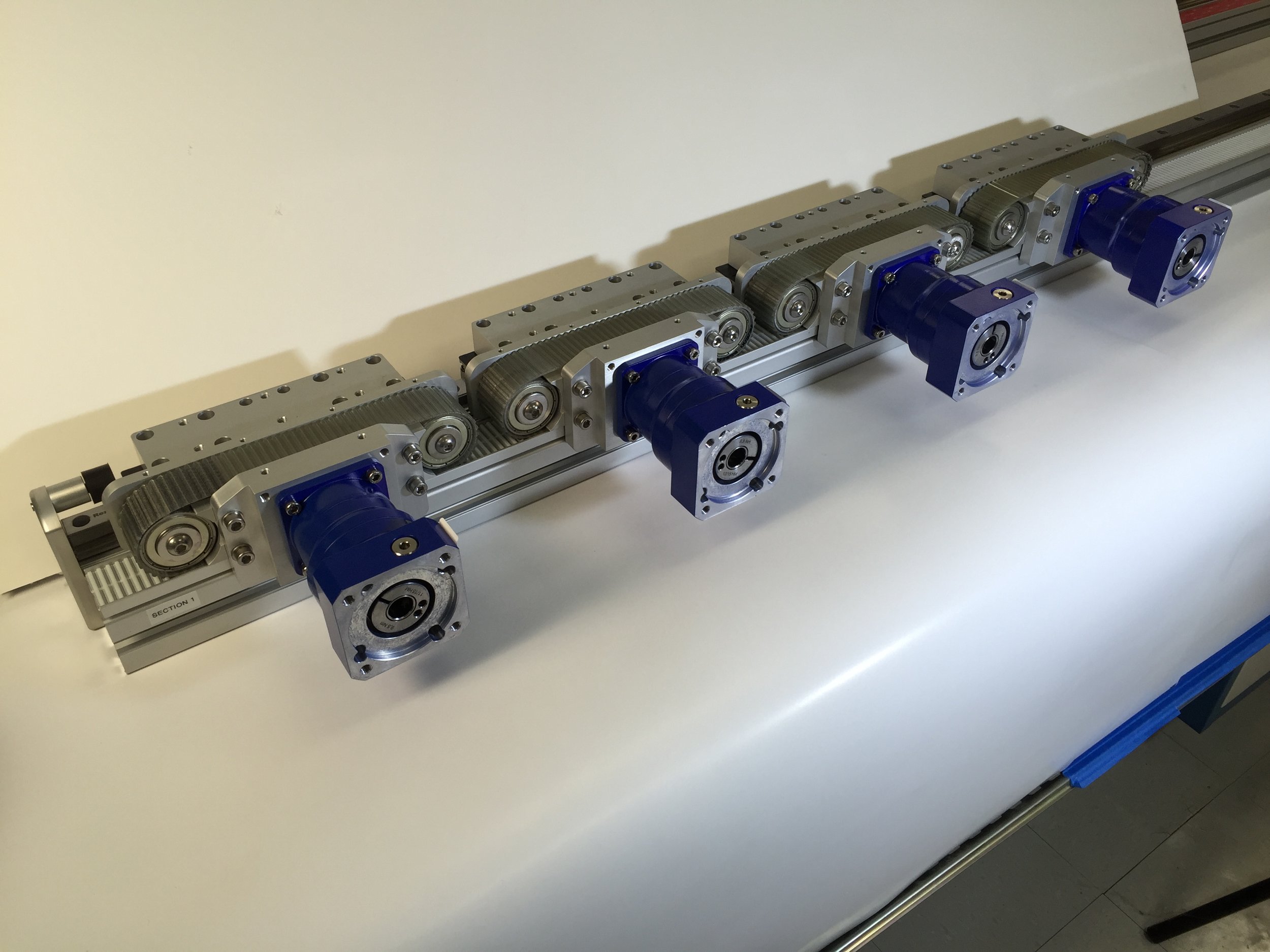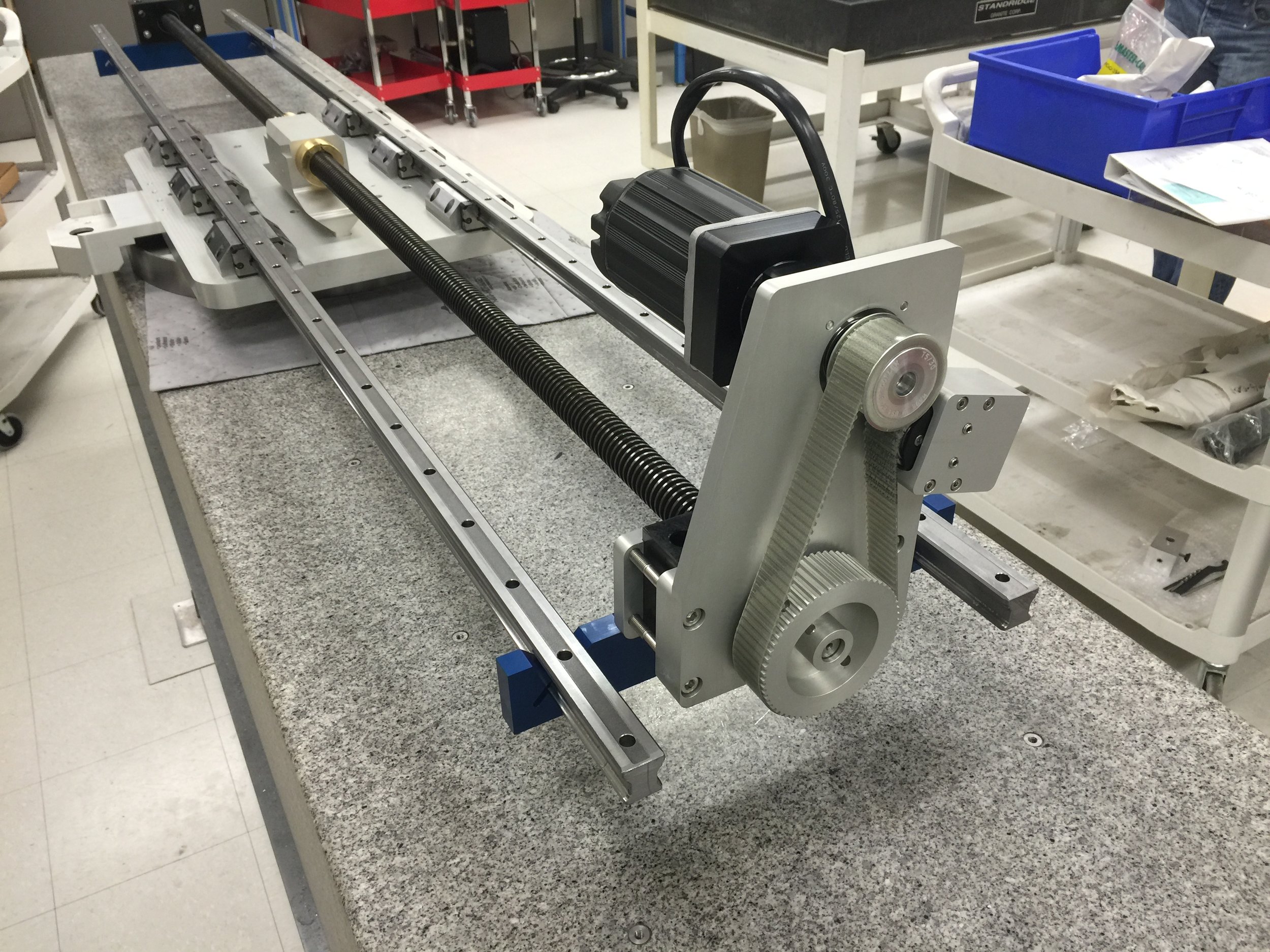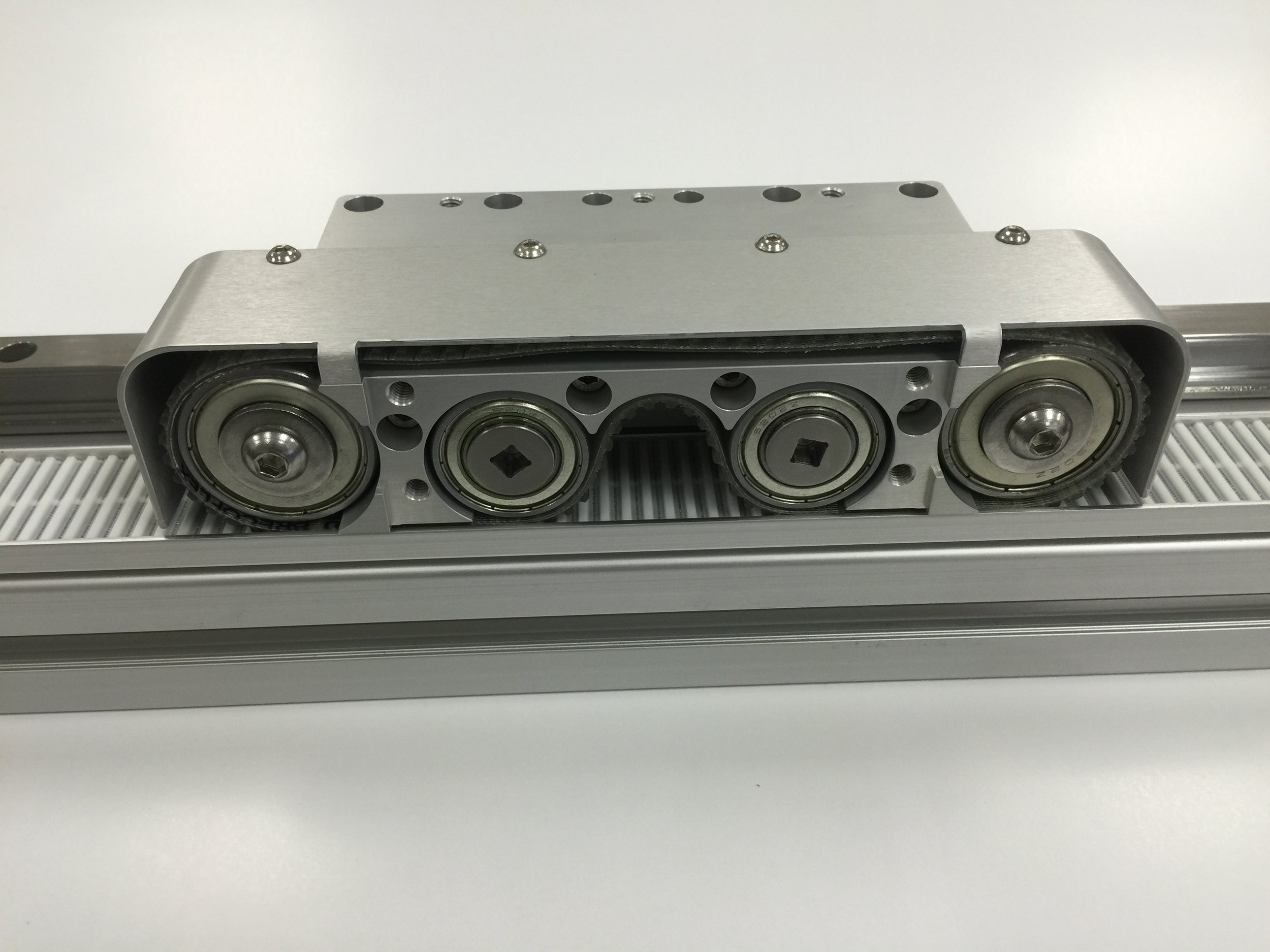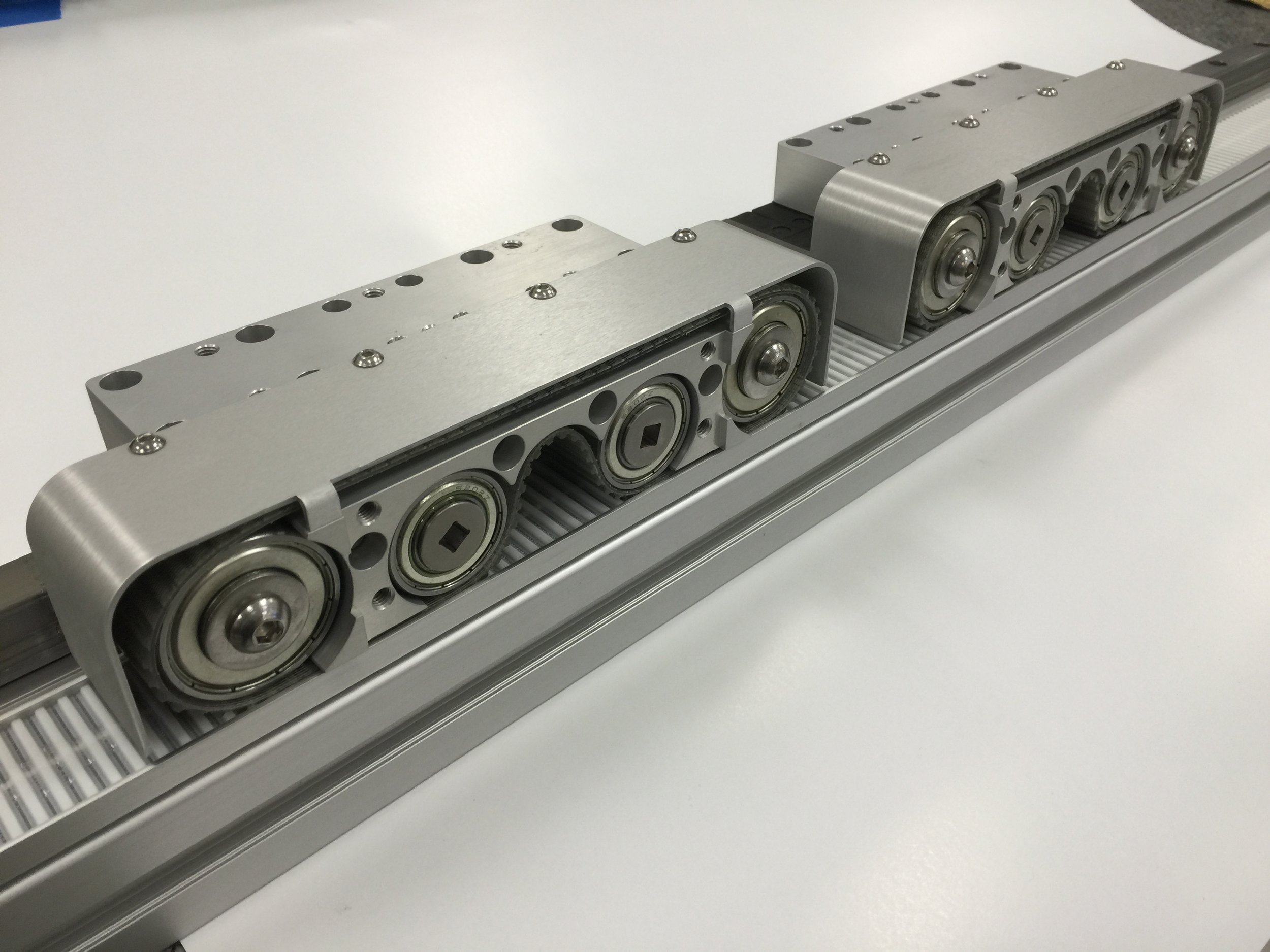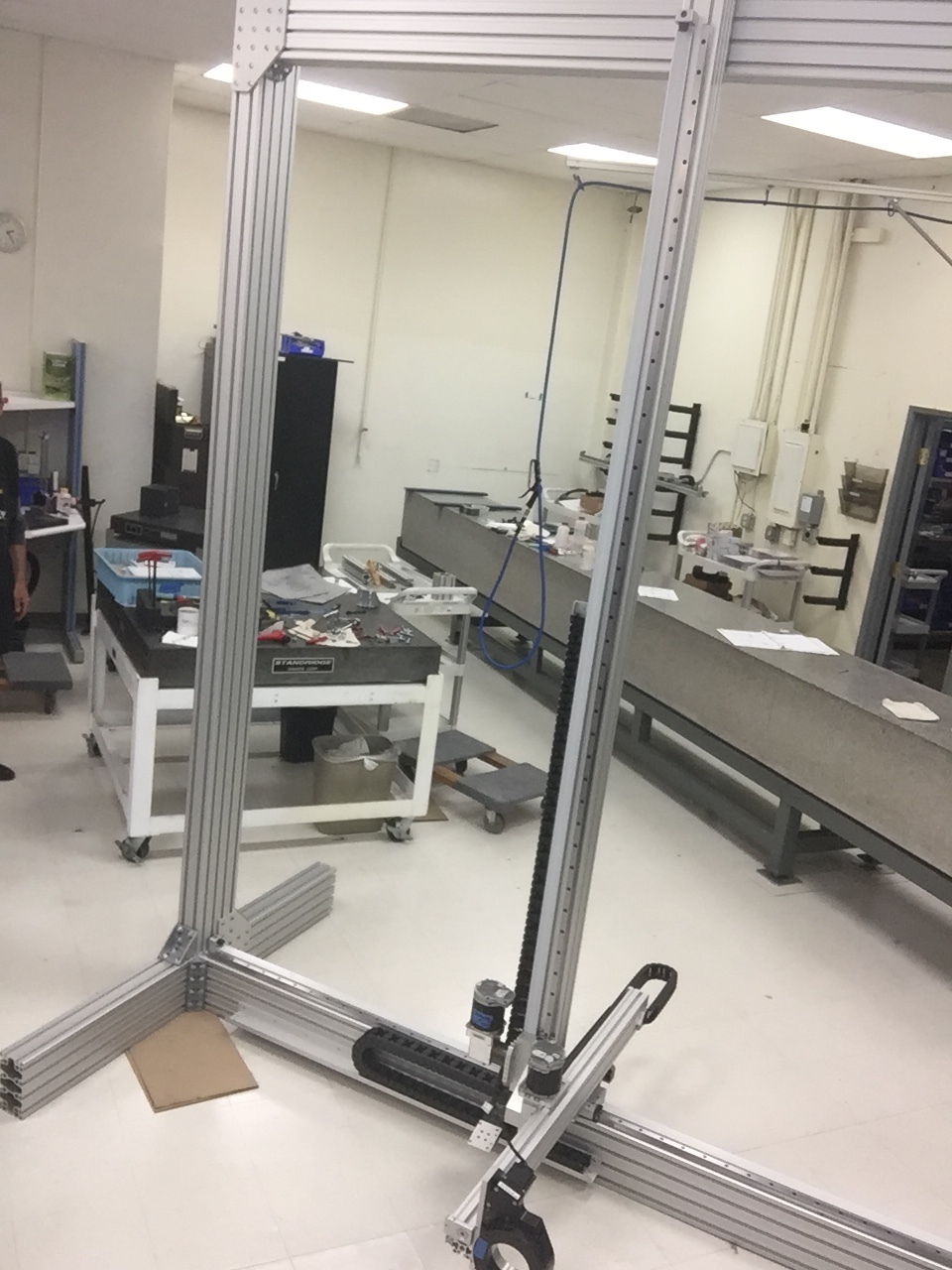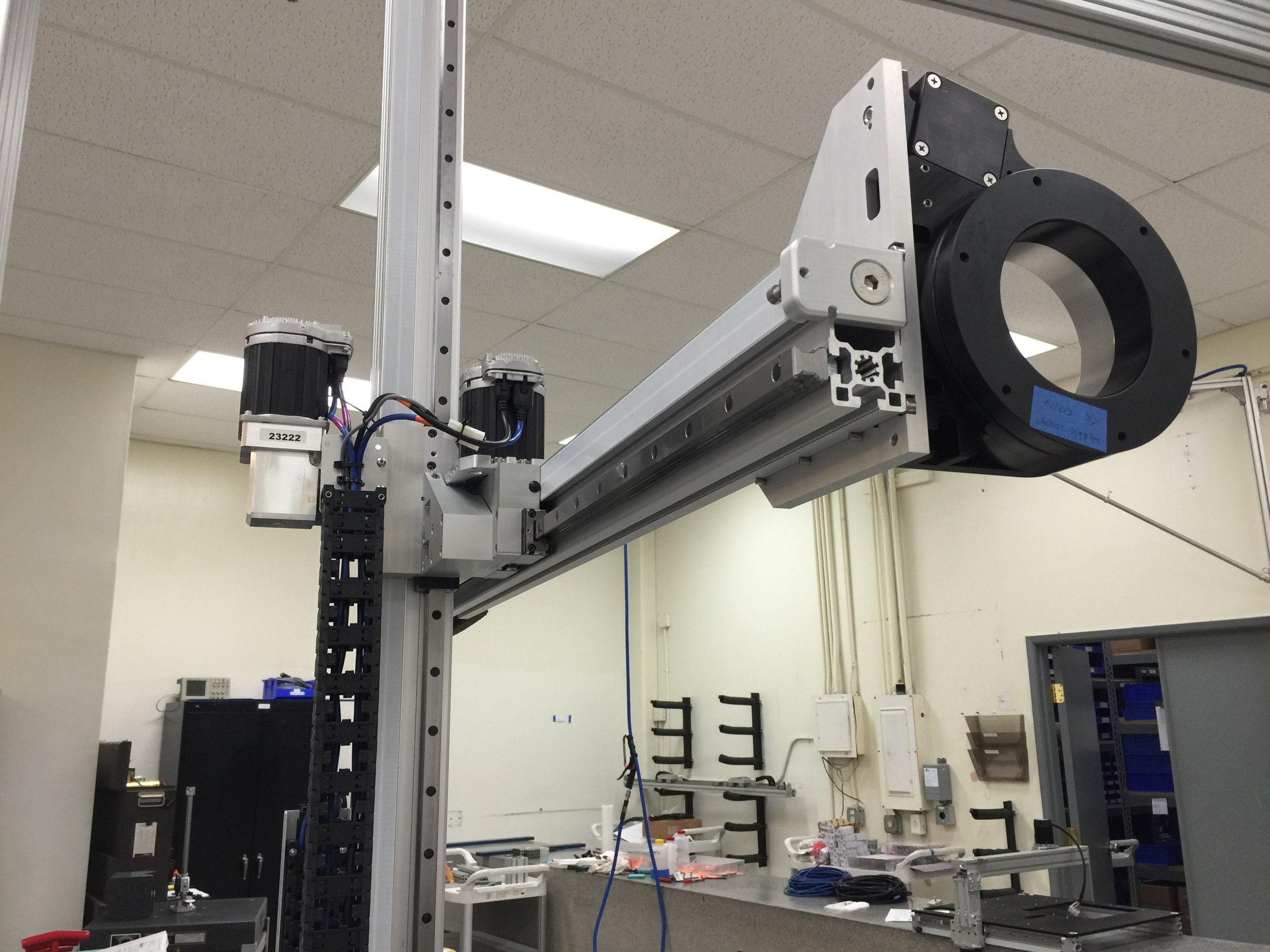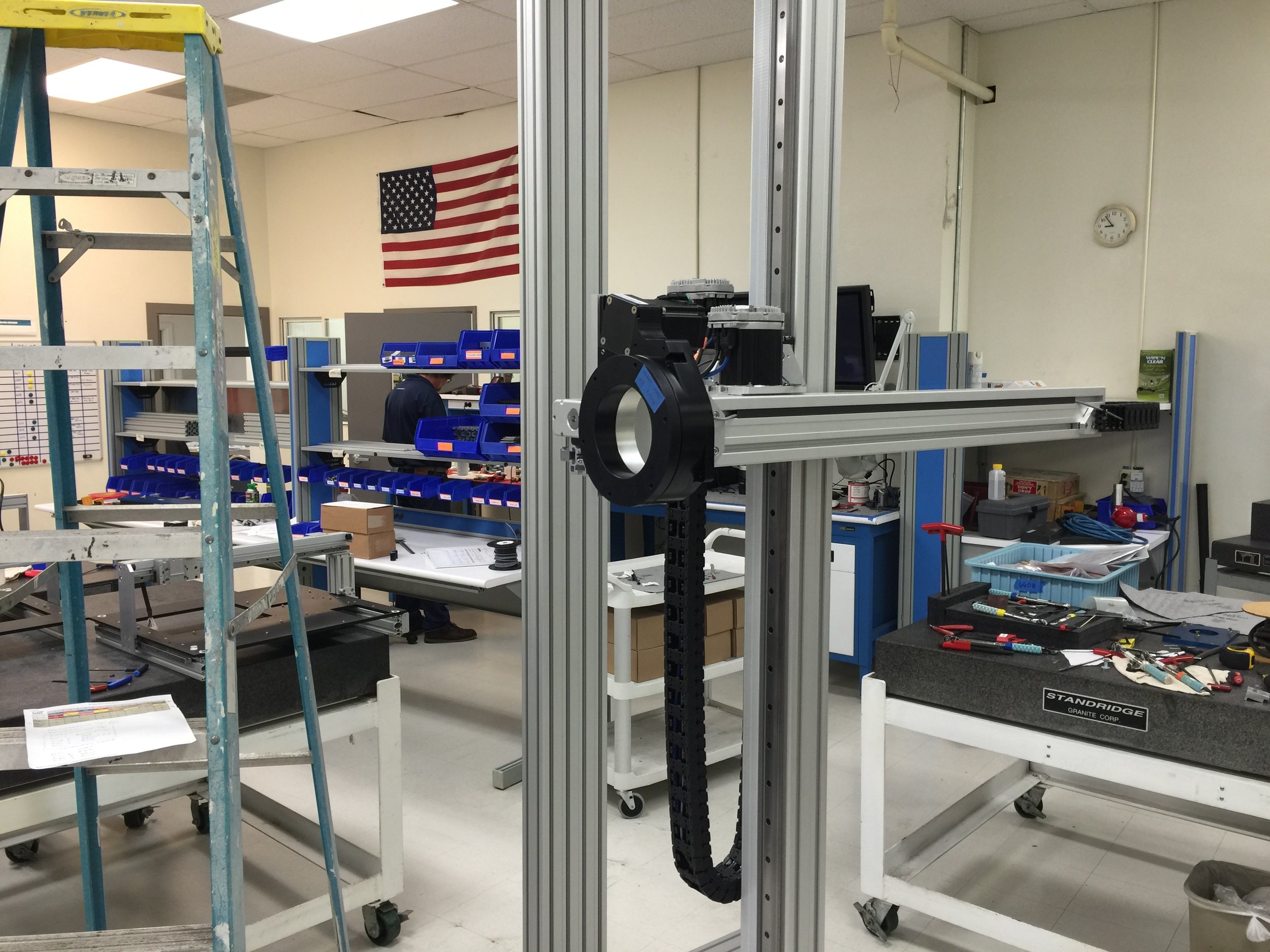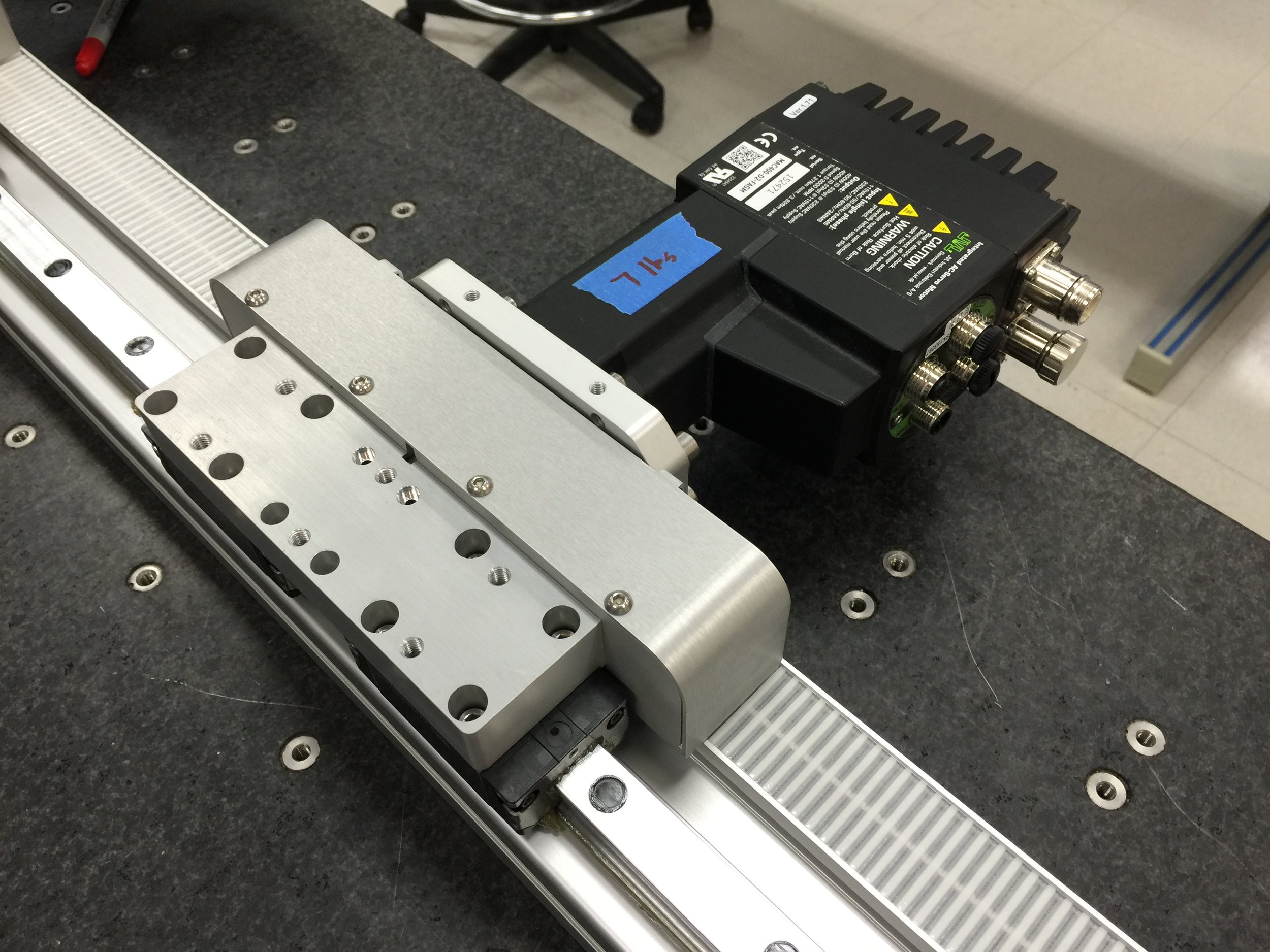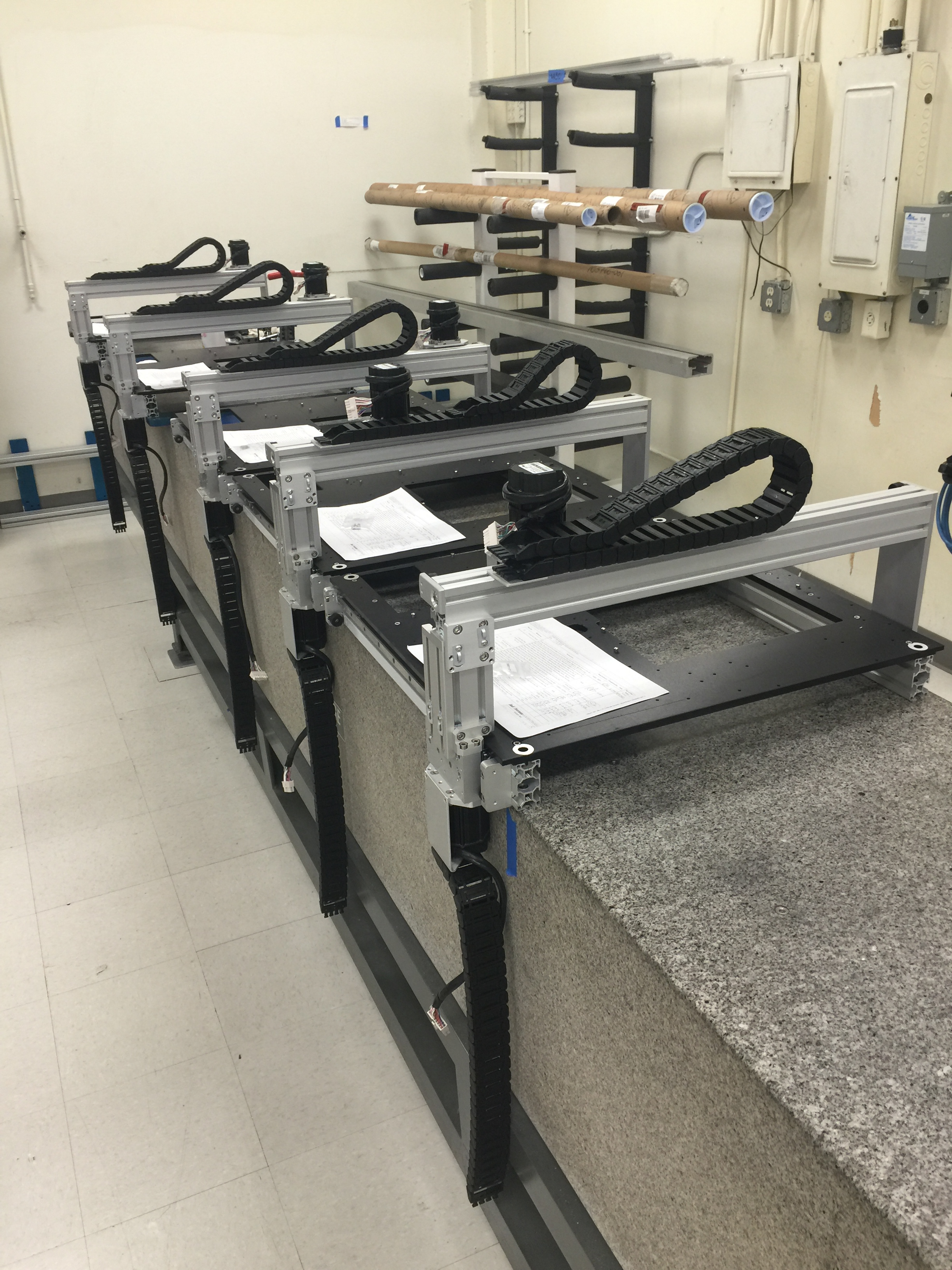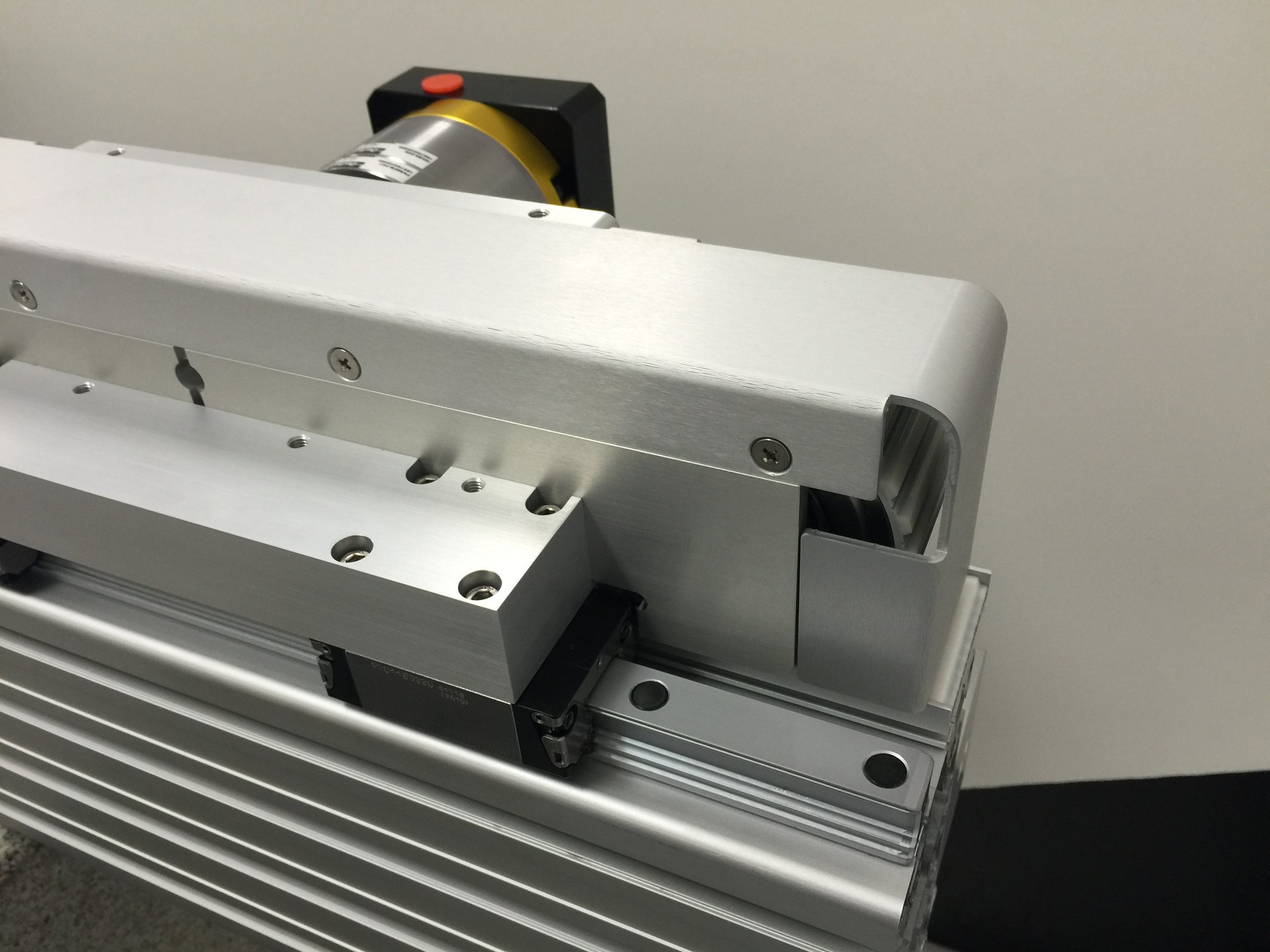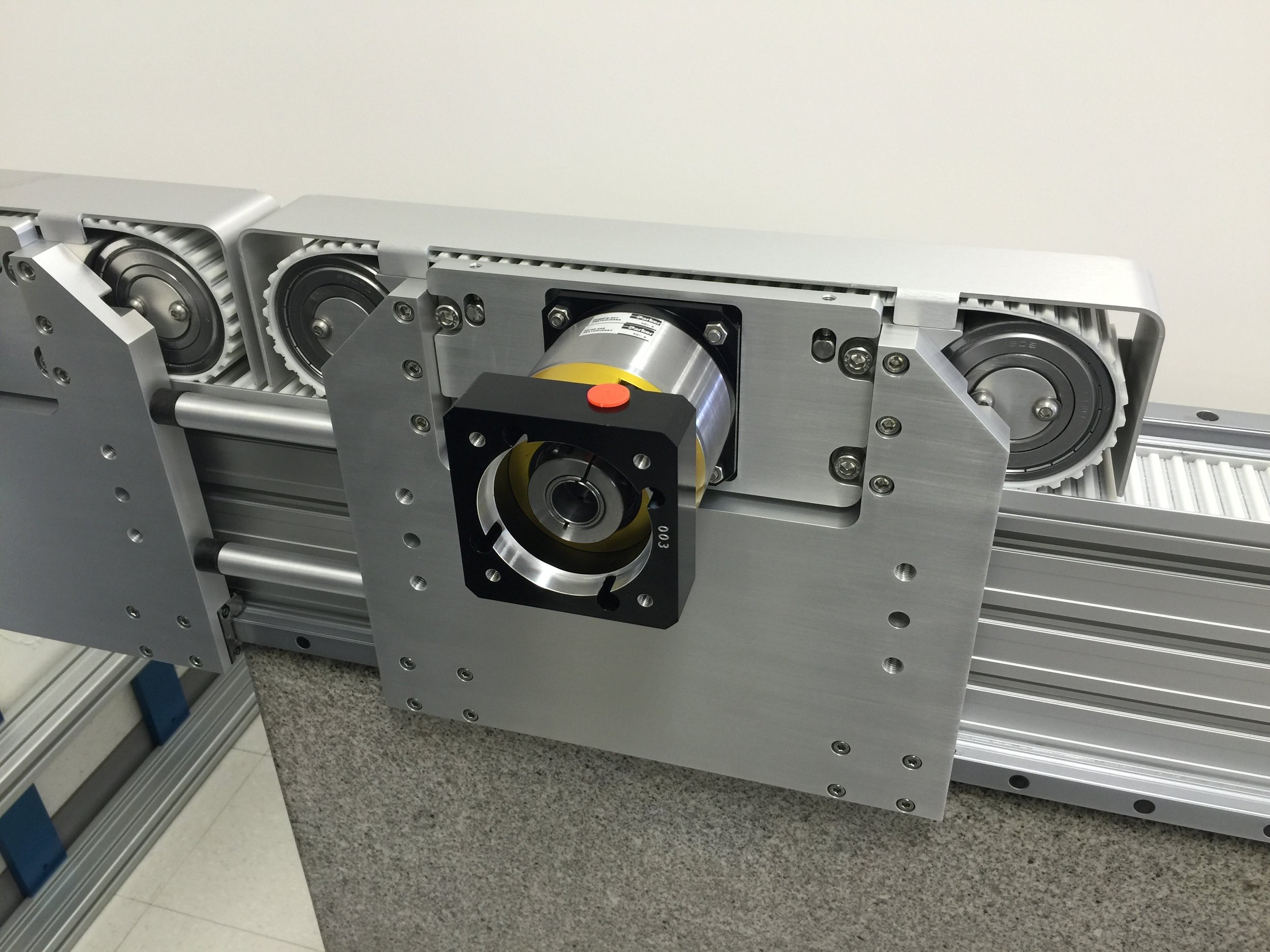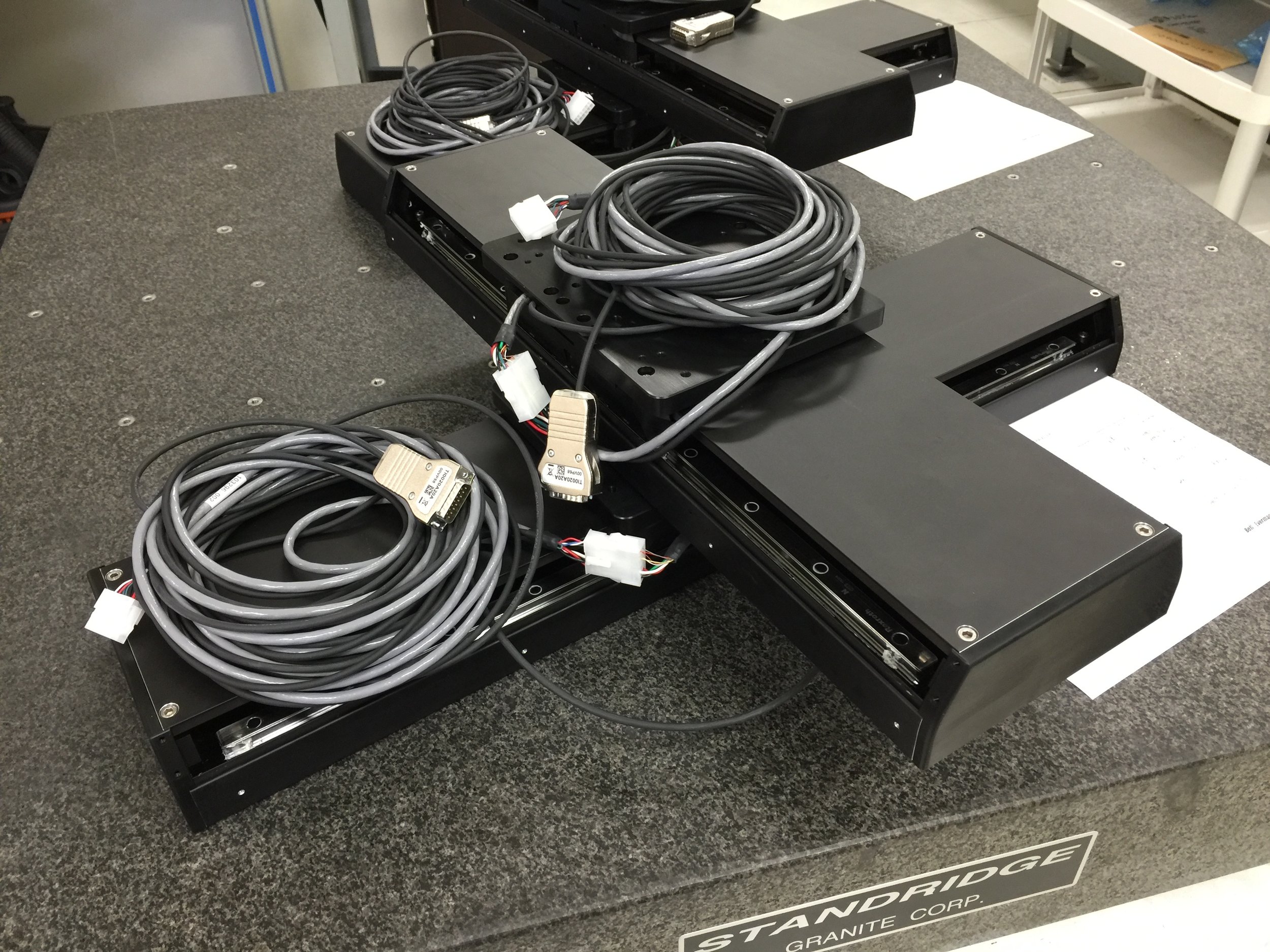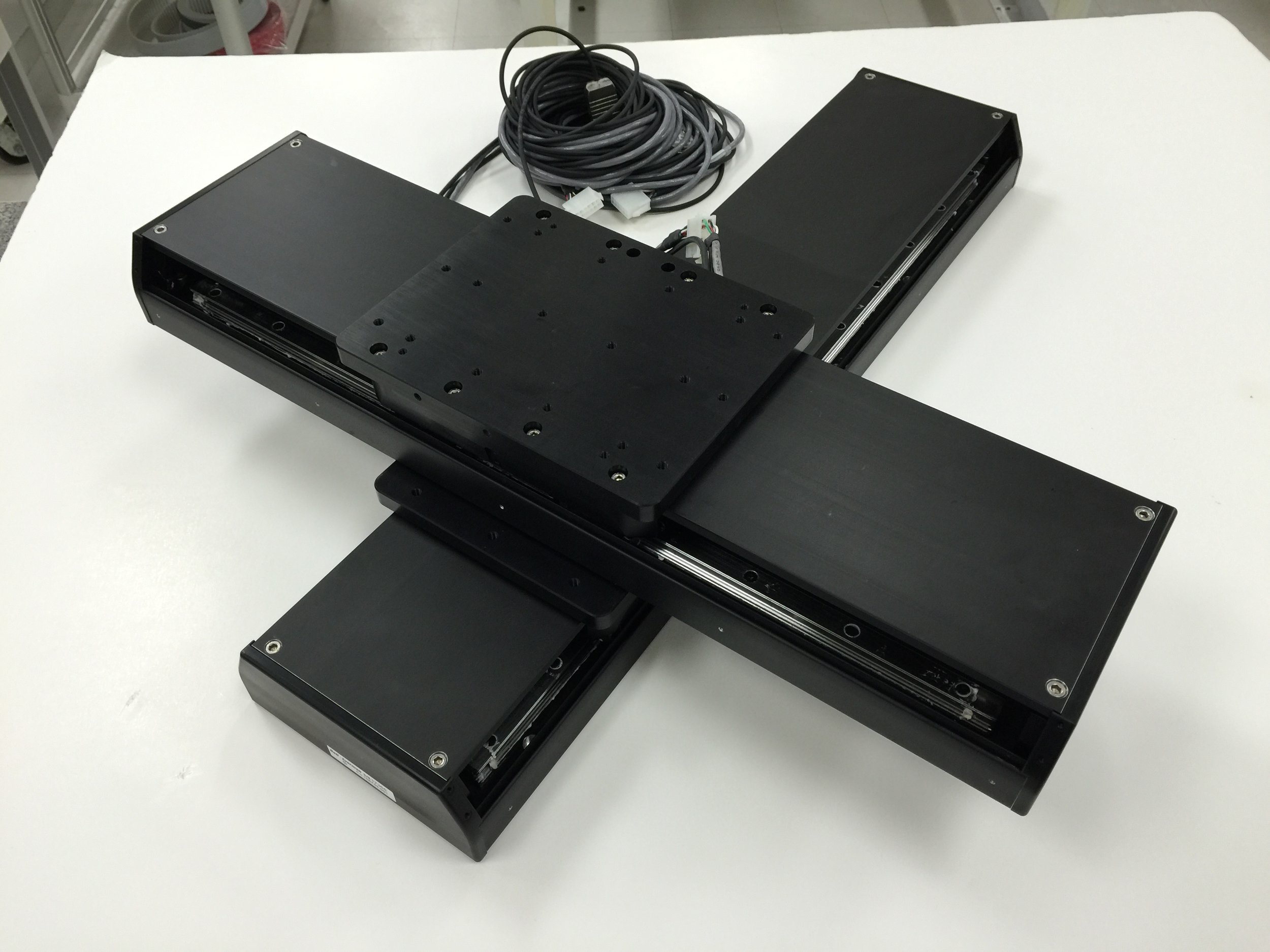Very Nice ServoBelt gantry bridge during burn in
ServoNut Lowboy Granite Base CNC
My new lathe/mill
It was a childhood dream of mine to have the mythical German U-boat multi-tool that could make anything. Well, this one's a passable Chinese. It's 7 years old with little use, and is far better than reviews I've read of more recent ones. I had to sell my other lathe to make room for it which went to a friend.
Stupid high inertia mismatch test with ServoBelt
This is a ServoBelt test where the inertia mismatch between payload and motor was 200:1. For those that may not know, the normal rule of thumb is to keep this mismatch under 20:1 or so. It's a common rule that is no longer relevant with the advent of high resolution encoders, high servo update rates, and the fine current control of modern amps. The Teknic amp that is driving this brings some special additional mojo to it, too.
High and Low Inertia Pendulum Bob
Elliptical path pendulum
A slow mo of the elliptical pendulum. Next up is a longer period for the same length, bwa ha ha.
Battering ram pendulum
This is part of an on-going design of an all mechanical clock from first principles. The battering ram type will be important later, I think. The main feature of it is that it's local moment of inertia is irrelevant, so if it changes with temperature, it does not change the period of the pendulum.
My Pulse-Jet Work
ServoBelt Rocks the CEV
A ServoBelt actuator is being used to rock a quarter scale model of the Crew Excursion Vehicle (CEV), the replacement for the space shuttle. Basically, the model goes in the biiiiig pool at NASA Johnson Space Center, and they can rock the lander as if in high seas. I think they can actually flip it over. I hope to get the follow-on work for the full size unit, though I don't think I'll be getting in it, burp..
Triple Pipe Pulse-Jet
A very successful adaptation of my "Pocket Jet 2" geometry into a triple pipe pulse jet. Volumes were triple and all lengths were the same as its single parent, but thrust was sqrt3 of instead of the 3x expected. Faaaaascinating... I've been meaning to make a double and see if the thrust is sqrt2 instead of 2x. Big case for having separate ducts instead of melding them into a single combustor. This one split open at a UK meet that I put together.
Good long travel ServoBelt video
Clock article published Dec. '09
Here is an article I wrote that was published in the Horological Science Newsletter. I'm currently writing the follow-on article, and the belt pendulum below is part of that effort.
Some new ServoBelt stuff
A cool rendering just done for our new ServoBelt brochure, and a video of our Z axis counterbalance tests.
Steel belt pendulum test
Belt pendulum test with various ratios. This is one of a few ways to make a pendulum that is analytically a point mass.
Interesting ServoBelt test







































